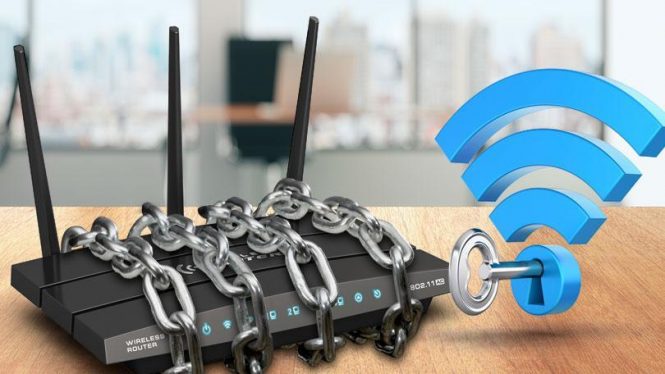How secure is your wireless network? It is very difficult to handle a hacker’s attack when your Wifi network is completely devoid of encryption or password, allowing anyone to use your Wifi. Wireless security is important for everyone because nobody wants hackers to get into our network and steal bandwidth or enter our connected home.
Let’s take a look at some steps you can follow to protect your Wifi network:
Enable WPA2 encryption on the wireless modem
If you have configured your Wi-Fi network several years ago and you have not changed any settings since then, it is likely that you are using obsolete Wireless Equivalent Privacy (WEP) encryption that is easily hackable even by novice hackers. Wi-Fi Protected Access 2 ( WPA2 ) is the current standard and is much more resistant to hackers.
Depending on the age of the wireless modem, it may be necessary to update the firmware to add WPA2 support. If you can’t update your modem’s firmware to add support for WPA2, you should consider buying a new wireless modem that supports WPA2 encryption.
Do not use a common wireless network name (SSID)
There is a list that hackers like to refer to that contains the first 1000 most common SSIDs (names of wireless networks). If your SSID is in this list, it is likely that hackers have already created a custom Rainbow Table (hash password table) that can be used to decrypt your network password (unless you’re really using a network password long).
Some WPA2 implementations may also be vulnerable to this type of attack. Check that your network name is not listed. Make your network name as random as possible and avoid using dictionary words.
Create a really long wireless network password (pre-shared key)
In conjunction with creating a secure network name that is not in the list of most common SSIDs, you need to choose a secure password for the pre-shared key. A shorter password is more likely to be violated than a longer one.
Longer passwords are better because the Rainbow tables used to decrypt passwords are not practical after exceeding a certain password length due to storage limitations.
Consider setting your wireless network password to 16 or more characters. You have plenty of room to be creative with your pre-shared key since the maximum password length for WPA2-PSK is 64 characters.
It may seem like a real hassle to type in a super long password, but since most Wi-Fi devices cache this password, you’ll only have to endure this once per device, which is a small price to pay for the additional security it provides.
Enable and test the wireless modem firewall
Most wireless modems have a built-in firewall that can be used to protect you from hackers. We recommend that you enable and configure the integrated firewall (for details, see the modem manufacturer’s support site).
You can also enable the “Invisible Mode” feature of the firewall to reduce the visibility of the network as a potential target. After enabling the firewall, you need to check it periodically to make sure it is working properly.
Disable the “Administrator via wireless” function on the wireless modem
You can prevent hackers from taking control of the administrative features of your wireless modem by disabling the “admin via wireless” configuration setting.
Disabling “Admin via wireless” ensures that only those connected to the modem via an Ethernet cable can access the administrative functions of the wireless modem. This helps prevent them from trying to disable other security features like wireless encryption and the firewall.

